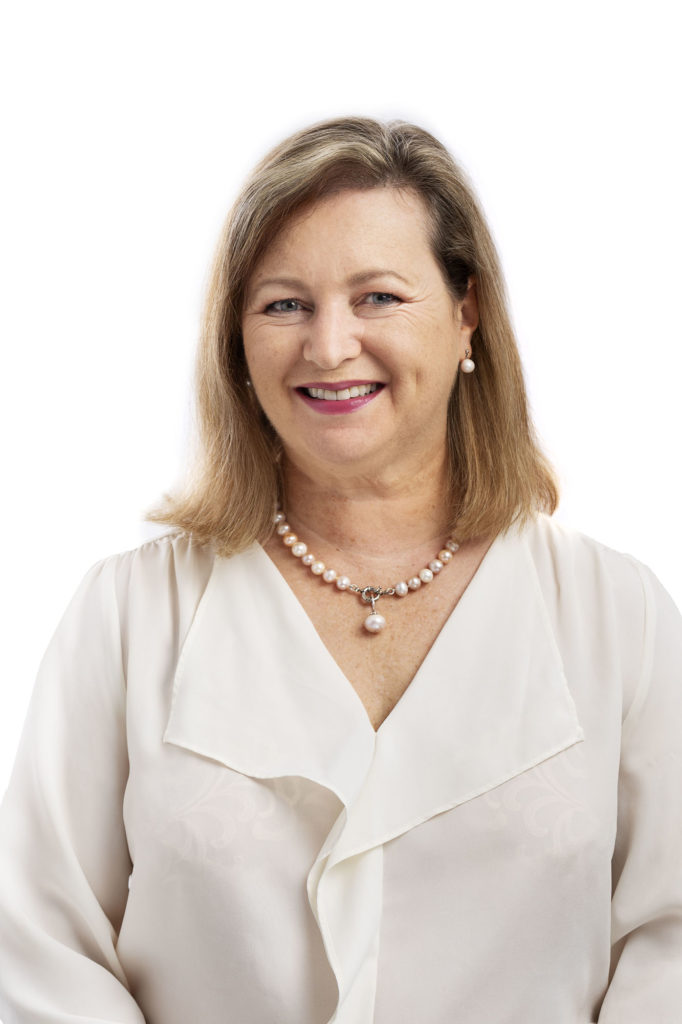
Last week I had the pleasure of hosting the National Conference of the Migration Institute of Australia (MIA), in Sydney*.
Given that visas can only be issued by the Government, having an understanding (as much as possible) of the political and regulatory environment is important for a Registered Migration Agent. Being informed can benefit clients, when it comes to giving advice and suggesting a visa strategy in an uncertain world.
At the Conference, we heard from the migration representatives of all three major Australian political parties – namely, The Hon. David Coleman MP, Minister for Immigration, Citizenship and Multicultural Affairs; Shayne Neumann MP, Shadow Minister for Immigration, and Senator Richard Di Natale, the Leader of the Australian Greens Party. All three put forward their party views about immigration and population – two subjects which have been highly topical in Australia’s parliament and the media, in the last 18 months.
Of the three political parties, only one holds power and that’s the Government of the day. The Minister made some key points about the government’s views on the future of migration. You can click here to read the full speech by the Minister, but I’ve summarised his key points below.
- Highly skilled migrants generate the best economic contribution for Australia.
- Not all elements of the Skilled Migration Program are equal, and the best results come from employer sponsored applicants.
- Age is an important determinant in the economic impact of migrants…and policies should reflect that fact.
- English is critical to making a strong economic contribution.
- There are economic gaps in regional areas which immigration can help to fill. The Government is closely examining options to increase the flow of economic migrants to regional areas.
There’s nothing really in this that we don’t already know. In the last year, recent changes to migration legislation and policy, have taken many of these into account. For example:
- The occupation lists have been significantly cut down and refined;
- Age for permanent skilled migration has been reduced to 45;
- English requirements have increased in some cases – for example, the 482 visa has different English requirements for short and long term occupation list applicants.
Of course there’s always the possibility that the Government might want to get even tougher on age and English; but I suspect they would want to allow some time for the recent changes to consolidate first.
What we haven’t yet seen, is any real concession on employer sponsored migration. Indeed, in the last 18 months, we’ve observed a noticeable tightening of employer sponsored visas across 457, 482, 187 and 186. We’re told by the Department of Home Affairs that this is to eliminate fraudulent cases, but there has not been any real published evidence to show the nature and extent of the alleged fraud. His comments do not reflect our recent experiences.
Further, although we have the 489 Skilled visas – which provide an extra 10 points for skills in demand in a particular State, there is much that could be done to refine this visa, to encourage people to spend more time in a regional area, if that’s the aim. A 489 is a visa which pre-qualifies an applicant for a permanent residency visa, if all conditions are met. Right now, a condition of permanent residency is 2 years of living and 1 year of working in a regional area, while holding a 489. It would be fairly simple to change the legislation of the permanent visa, to require a longer period of living and working in the regional area, before being eligible. Undoubtedly it raises all sorts of questions as to whether this is a good thing to do – but nevertheless it’s possible.
The Minister also mentioned new DAMA’s as a way of tailoring migration to help regional areas. A DAMA is a Designated Area Migration Agreement, a customised migration plan for a geographical area which allows some concessions and tailoring of the migration options available. For example – certain skilled occupations might be more relevant to some areas than others. There is currently only one DAMA in existence, and this is in the Northern Territory. The Minister is considering DAMA’s for central New South Wales, Far North Queensland, and regional Victoria.
When will this happen?
Yesterday, a by-election in Sydney saw the Government lose another seat, meaning the Government no longer holds a majority of seats in the House of Representatives. This will now make it very difficult for the Government to pass any legislation which does not have the support of independents, between now and the next federal election, which must happen before May 2019.
Given the uncertainty about what will happen when an election is called, there is a chance the current Government will not be able to introduce any of their proposed changes. Unless the changes have bipartesan support, everything is in jeopardy right now.
- Leanne Stevens, Director of Emergico Migration, is currently the National Vice President of the Migration Institute of Australia, and was Acting National President between June – October 2018. The MIA is the apolitical peak professional body for Registered Migration Agents in Australia. www.mia.org.au


